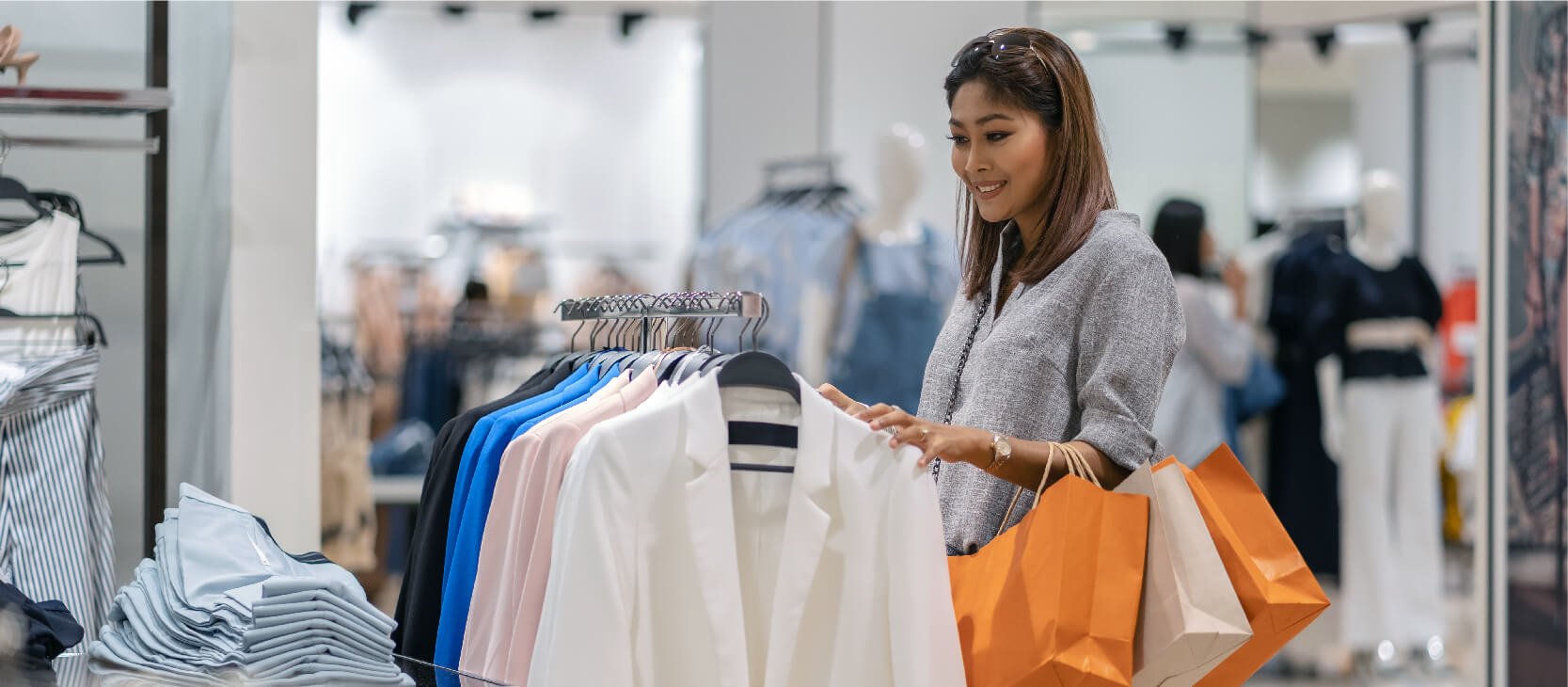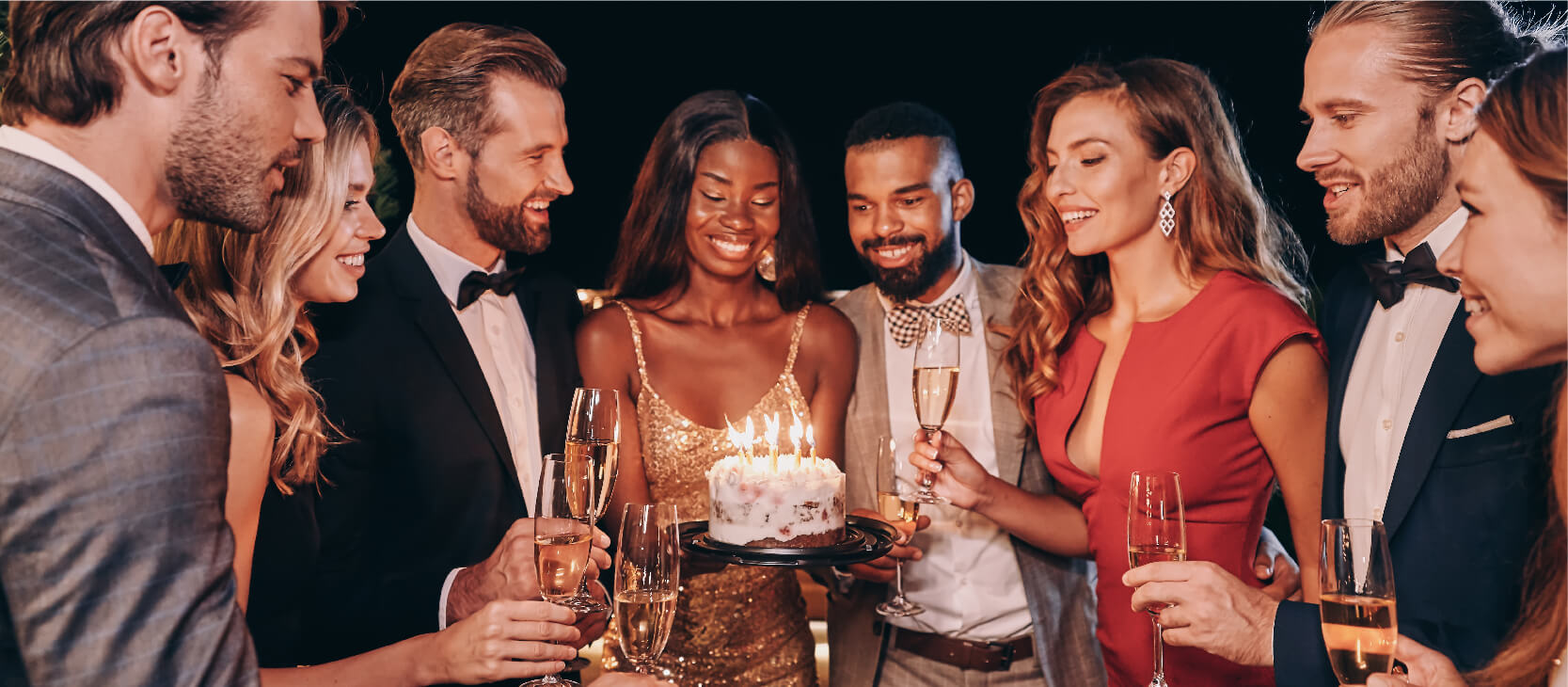Strengthen consumer relationships to your brand with a data-supported luxury brand strategy: Insights into how post-pandemic consumer attitudes toward luxury goods have changed.
We’ve all experienced extensive shifts in our post-pandemic lives, including how we shop. Customers’ day-to-day world has changed and so have their needs and values. Has your company’s luxury brand strategy shifted accordingly?
It’s always been up to businesses to maintain connections with their audiences. So how do we fortify strong, lasting customer connections, given such dramatic post-pandemic shifts in their needs?
According to our latest 360 Market Reach research, every business’s luxury brand strategy needs some updating to adapt to unforeseen changes. Preparation for ongoing shifts will be vital to maintaining strong luxury brand positioning that stays connected with consumer needs — so they can fall in love with your brand all over again.
One of the biggest shifts in consumer behaviors hinges on a change in values. Compared to their pre-pandemic habits, for example, luxury shoppers say they’re more interested in living mindfully, as well as treating themselves.
They also report more consideration for online availability, easy product returns, environmental friendliness, and overall value. By contrast, input from social media influencers and celebrities holds less weight than before the pandemic.
Instead, they’re turning to the brands themselves for authentic, honest communication.
Are you ready to speak up and reconnect with your target audience? Here are some actionable insights from our market research to consider as you start gearing up for fresh PR and marketing.
The Brand Provides Excellent Value
“Value” isn’t about spending as little money as possible — not for a luxury consumer. It’s about the intangible feeling of exclusivity, the high-end craftsmanship, and more. Is the quality of this product, and the joy it brings, comparable to the dollars spent?
In other words, you want your product to be one that Marie Kondo won’t throw out. So, are you finding ways to tell your consumers how to “spark joy”?
Our research study certainly highlights the significance of that stand-out, sparkling quality for consumers. Our respondents are quick to point out that a brand’s reputation lies in that sparkle.
By this logic, people aren’t buying Louboutin shoes simply because of those striking red soles (though they are a fabulous selling point). They’re buying Louboutins because of their reputation for being exemplary and timeless.
In fact, one luxury respondent told us:
“What makes a brand ‘luxury’ is its reputation. Knowing that they put out fine products — expensive products — because of the work and time that has gone into making that product.”
It’s evident that quality is of the utmost importance. But what about convenience?
Available to Purchase Online
In our survey, 44% of luxury consumers say availability of luxury goods through online retailers is more important to them than it was before the pandemic. This marks one of the larger consumer shifts that we’ve identified in the luxury market.
According to the International Gem Society, the jewelry businesses hit hardest during the pandemic were those that relied primarily on in-store visits. Their survey of 2020 industry shifts found that the brands that struggled the most “lacked both e-commerce capability and a sizable social media following.”
While some consumers may have balked at spending big bucks on luxury goods they’ve never seen, touched, or tried in-person, the “new normal” sees a more relaxed attitude towards shopping remotely. Shoppers now see a lower risk in spending more in an online setting than they did previously.
Easy to Return
The risk of buying online may indeed be lower now, with so many brands changing their online purchase policies to include easier — and free — returns. Timeline flexibility is also key.
Nordstrom is known for its flexible return policy. There is no time limit on returns, nor is a receipt required. You can return products in-store or print a prepaid label from home and return items via mail. The company points out on their own return page, “We’ll always do our best to take care of customers—our philosophy is to deal with them fairly and reasonably.”
At Bloomingdale’s, most products can be returned within 90 days for a full refund and returns are free for online orders. Their mattresses can be returned up to a year after purchase for a reselection. That level of flexibility can be very reassuring to undecided customers.
The Brand Shares Customers’ Values
Shared values between a brand and its customers can provide authentic connections. We see that in the uptick of luxury consumers who are more conscientious than ever about where they’re buying their products.
Honesty & Transparency
In our research, concepts like brand transparency and honesty show some of the largest shifts when comparing pre versus- post-lockdown consumer values.
When asked about brand trust, one respondent told us:
“[My favorite brand is] doing the same thing everyone else does, just doing it better… I tend to buy the product, but I trust it from the brand.”
Over a third of luxury consumers are paying more attention to luxury brands that are honest and transparent, they want brands to align with their personal values, and are looking for brands that are authentic in communicating these values and beliefs. Consumers don’t just want brands to pay lip service to their values. They’re looking for commitment and consistency.
We’re seeing that reflected in more and more articles, like this one in CEO Magazine, that warn against the practice of “greenwashing,” or making unsubstantiated claims about the environmental benefits of a product.
Connecting with your consumers’ values can also fuel your branding strategy as well. Ethics can factor into an authentic voice and tone that helps a brand achieve its internal goals while resonating with its audience. It’s important to emphasize what your brand has in common with that person — how you fit into their life — so choose your words carefully.
Living in the Moment
In Breakfast at Tiffany’s, when Holly Golightly steps onto a quiet street in a little black Givenchy dress, she isn’t doing it to show off. In fact, there’s nobody there to even see her. She’s simply living in the moment, making the most out of life and treating herself to a little glamor (and some delicious New York croissants) on a blustery Manhattan morning.
Hepburn’s Holly is as timely — and timeless — as ever. According to our research, 2 in 5 luxury consumers say “living in the moment” and “making the most of life” are more important to them than ever.
They’re looking for a brand that fits in with their sense of vivacity, vitality and energy. A brand that bursts with life, and gives the buyer a sense of living in each moment, will likely fare much better with luxury consumers.
Treat Yourself
That could be one reason why 35% of consumers in the luxury category say that treating or pampering themselves is now more important. They show stronger preference for luxury items like cosmetics, apparel, linens, wine, fine fragrances, and jewelry — common indulgences for rest, relaxation, and self-care.
Our respondents are more interested in luxury “essentials” since the pandemic: 33% are shopping for linens priced above $200 more than pre-COVID, 31% have increased their purchasing of cosmetics and 30% are buying apparel priced above $200 more often.
Why this spike in spending? One respondent told us:
“You can get a very good, sturdy leather bag for $100. After a certain point, a $3,000 bag is not actually better. But it is the brand — you’re paying for the status of being able to have that brand.”
An Effective Luxury Brand Strategy
Through our research we have uncovered several factors that have gained importance in a post-pandemic world. Some aspects that support an effective luxury brand strategy, taking into account shifts in luxury consumer sentiment include:
- Understanding luxury consumers’ values that are meaningful now, not pre-COVID
- Ensuring that your brand values align with your consumers’ values — 34% of luxury consumers say that a brand’s alignment with their values has a higher influence on their decision to purchase now compared to pre-COVID
- Knowing if your brand is resonating with your intended audience
- Keeping a pulse on how consumers view your and competitors’ brands


